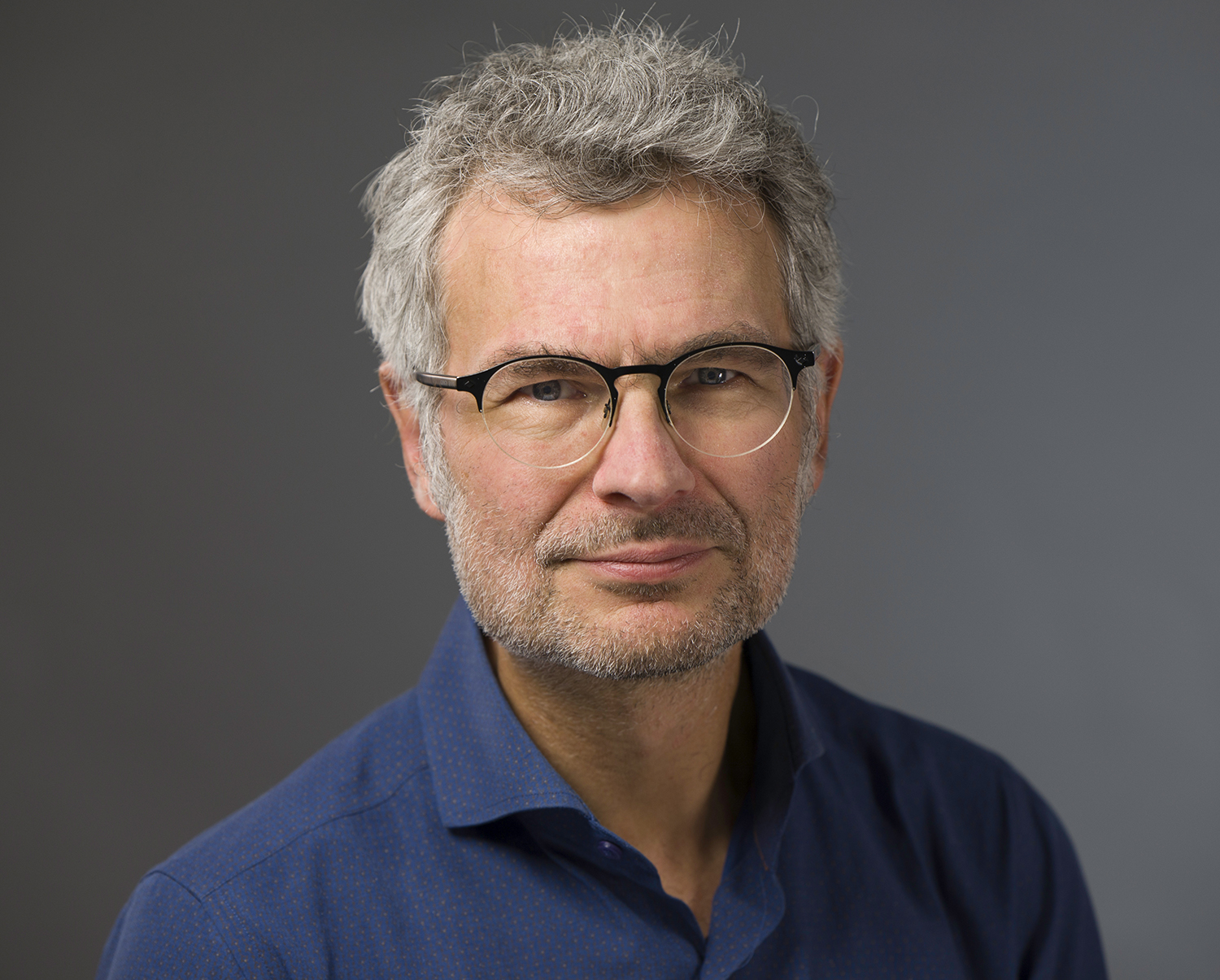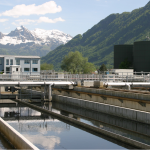Antoine Fécant, winner of the 2021 IMT-Académie des Sciences Young Scientist Prize
Antoine Fécant, new energy materials researcher at IFP Energies Nouvelles, has worked on many projects relating to solar and biosourced fuel production and petrol refining. His work has relevance for the energy transition and, this year, was recognized by the IMT-Académie des Science Young Scientist Prize.
“Energy is a central part of our lifestyles,” affirms Antoine Fécant, new energy materials researcher at IFP Energies Nouvelles. “When I was younger, I wanted to work in this area and my interest in chemistry convinced me to pursue this field. I have always been attracted by the beauty of science, and I find even greater satisfaction in directing my work so that it is concretely useful for our society.” His research since 2004 has mainly focused on materials that speed up chemical processes, known as catalysts.
Antoine Fécant’s initial research was based on a class of catalysts called zeolites. Zeolites are materials mainly made of silicon, aluminum and oxygen. They are found naturally, but it is also possible and often preferable to synthesize them. These minerals contain networks of porosity that can be used to limit the quantity of by-products generated. Zeolites are useful for optimizing the yield of chemical reactions and energy consumption, and thus limiting the CO2 and waste produced.
The main idea of Antoine Fécant’s thesis, undertaken between 2004 and 2007, was to develop a unique methodology to generate new zeolites. For this, he used a multidisciplinary approach and chose to pair combinatorial chemistry with molecular modeling to “identify ways to synthesize zeolites depending on the kind of porous structure desired,” he describes. “This methodology allowed us to define streamlining criteria and therefore very significantly speed up research and development work in this area,” Antoine Fécant continues.
15 years ago, this approach was completely innovative and won him the “Yves Chauvin” thesis prize in 2008. Now, however, it is widespread in the fields of chemistry, biochemistry and genomics, showing the trailblazing nature of the researcher’s approach.
Improving solar energy production and recycling CO2
After completing his PhD, Antoine Fécant took the post of research engineer at IFP Énergies Nouvelles. Continuing to pursue his goal of offering technical solutions to contain greenhouse gas emissions, in 2011, the researcher began a project aiming to develop materials and processes to recycle CO2 using solar energy. This work won him the 2012 Young Researcher Award from the City of Lyon. The initiative stems from the intermittent nature of solar power. It is based on the idea that a phase directly converting/storing this energy flow as an easily usable energy source would allow it to be better exploited.
Further reading on I’MTech: What is renewable energy storage?
“To get around this disadvantage, we wanted to find a way to store solar energy as a fuel,” states Antoine Fécant. “This would make it possible to create energy reserves in a form that is already known and usable in various common applications, such as heating, vehicles or in the industrial and transport sectors,” he adds. To achieve this goal, the researcher based his research work on the principle of natural photosynthesis: capturing light energy to convert CO2 and water to more complex carbon molecules that can be used as energy.
In order to artificially transform solar energy into chemical energy, Antoine Fécant and his team, in collaboration with academic actors, developed several families of specific materials. Known as photocatalysts, these materials have been optimized by researchers in terms of their characteristics and structures on a nanometric scale. One of the compounds developed is a family of monolithic materials made from silicon and titanium dioxide, allowing for better use of incident photons through a “nano-mirror” effect. Other families of materials with composite architecture are able to reproduce the energetic processes in multiple complex phases of natural photosynthesis. Lastly, entirely new crystalline structures give greater mobility to the electrical charges needed to convert CO2.
According to Antoine Fécant, “these materials are interesting, but at present, they only allow us to overcome a single obstacle at a time, out of many. Now, we have to work on creating synergy between these new catalyst systems to efficiently perform CO2 photoconversion and reach an energy yield threshold of at least 10% for this means of energy production to be considered viable.” The researcher believes it will still be several decades before this process can be deployed on an industrial scale.
Catalyzing the production of biosourced and fossil fuels
Antoine Fécant has also undertaken research to reduce the environmental impact of the use of conventional fuels and their manufacturing processes. For this, he designed higher-performing catalysts that help to improve the energy efficiency of processes and thereby limit related CO2 emissions. The researcher has also participated in discovering catalysts that increase yields in the Fischer-Tropsch process, a key phase in transforming lignocellulosic biomass to produce advanced biofuels. Furthermore, these fuels could contribute to limiting the aviation sector’s carbon footprint.
By winning the IMT-Académie des Sciences Young Scientist Award, Antoine Fécant hopes to shine a light on research into solar fuel and hopes that “this area will be more highly valued”. Such fuels could truly represent a promising avenue to make better use of solar energy, by controlling its intermittent nature. “Research into these topics needs to be supported in the long term in order to contribute to the paradigm shifts needed for our energy consumption,” concludes the prizewinner.
Rémy Fauvel
[box type=”shadow” align=”” class=”” width=””]
From energy to tires
During his career, Antoine Fécant has also participated in a collaborative project on the production of biosourced compounds. The aim of this project was to design a process to manufacture butadiene, a key molecule in the composition of tires, using non-food plant resources. It is commonly produced using fossil fuels, but researchers have found a way to generate it using lignocellulosic compounds. Project teams have managed to refine a process and associated catalysts, making it possible to transform ethanol into butadiene using condensation. This 10-year-old project is now in its final phases.
[/box]













Leave a Reply
Want to join the discussion?Feel free to contribute!